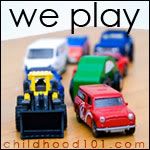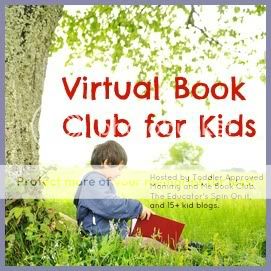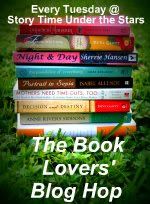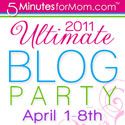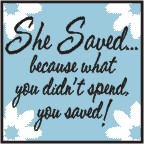Feed Me Books Friday: You Can’t Teach Funny
Thursday, March 31, 2011
Knock knock!
Who’s there?
Chicken
Chicken Who?
Chicken with a bathtub! AH HA HA HA!
If that joke sounds familiar, you’ve probably enjoyed the humor of a preschooler. They are beginning to understand that certain things make people laugh (like jokes) but they don’t yet have a full grasp of exactly why those things are funny. Have you ever tried to explain sarcasm, an idiom, or an oxymoron? Somehow the more explanation is required, the less funny it is! So if you can’t teach funny, then how do they get it? Like so many other important skills, the best way to hone a child’s sense of humor is exposure, experience, and practice! Read funny books together, practice making up jokes (like the gem above), talk about what makes you laugh, and ask why they laugh at the things they do.
Laughter at the Unexpected

My little guys are pretty young to understand or appreciate April Fool’s Day – though Parenting magazine had a fun list of kid friendly pranks I might pick from… But we did talk about the difference between tricks intended to make someone laugh and tricks intended to make someone laughed at (and why we would avoid the latter). And since we were talking about laughing, we perused the bookshelf for some funny books. B loves silly rhymes, mixed up pictures, and jokes, so it wasn’t hard to find some good examples. The one I decided to share with you was a recent library find: Guess Again
Appropriate for toddlers, preschoolers, primary grades.
Looking for more April Fool’s fun? Carrie at Reading to Know is hosting some April Fool’s giveaways I’m looking forward to entering!
I’ll also be linking up this weekend at the Ultimate Blog Party at 5 minutes 4 mom. It will be my first time participating – hoping to meet some new bloggy-friends! But of course I am most grateful my faithful Friday link-up pals – looking forward to your posts!

Read more...





































